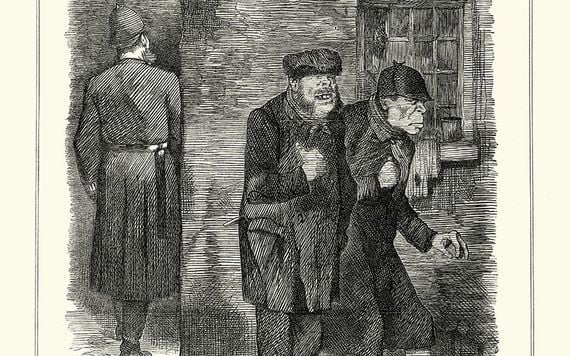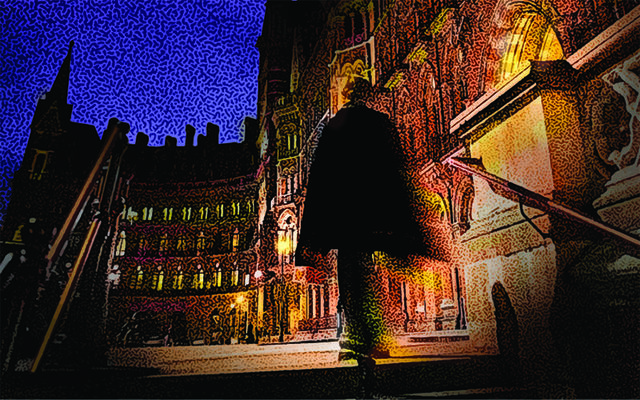“The Five” the untold story of the five women murdered by Jack the Ripper, in 1888, in Whitechapel, London, redresses a tragic wrong, including the savage murder of Irishwoman Mary Jane Kelly.
The bestselling book, released in 2019 by Hallie Rubenhold, examines the real lives of the five victims, including Mary Jane Kelly, who told people she was from Limerick.
The women murdered by Jack the Ripper were daughters, mothers, sisters, lovers, and their lives have shamefully been ignored as they function as bit parts in the Ripper saga. This book puts that right.
The book’s thesis is that the women have been done a great disservice being portrayed as prostitutes who met the Ripper on his nightly death hunts. In fact, only one of them, Mary Jane Kelly, was a professional prostitute and even she desperately tried to give it up.
Read more
Kelly was the one most mutilated by the Ripper and also his last victim. The savagery of the murder appalled Britain at the time.
The year before had been the 50th Anniversary of Queen Victoria's reign and Rule Britannia never seemed so true. The lives of the working class in the East End were of no concern.

A contemporary magazine illustration of the "criminal class" during Jack the Ripper's spree.
Yet the saga of the Ripper would surpass all that royal coverage. It was the first mass-murder where the killer, who had a nickname, wrote taunting letters to the cops and seemed to have the magical powers to disappear after his crimes. The media ate it up and circulation soared.
The other four were killed and eviscerated outdoors during street encounters in Whitechapel. Kelly, however, invited the serial killer into her home and she was savagely murdered.
Who was Mary Jane Kelly?
Kelly comes to life in the hands of the author. It seems most likely she was born in Ireland, in around 1863, but her family moved to Wales when she was quite young.
She had a definite Irish accent, others remembered a Welsh accent, still more no accent at all. One landlord remembered her getting letters from Ireland, someone heard her singing Irish ballads.
What was clear was that she was an educated and beautiful woman, fashionably stout by the standards of the time.
She came alone to London in her early 20s and her good looks soon got her noticed.
She was not a common streetwalker. She joined an exclusive brothel in the fashionable West End where men wined and dined their paid women, often took weekends away with them and were expected to be very generous in their payments.
Life was proceeding well enough for Mary Jane except it all came crashing down.
Jack the Ripper’s Irish victim’s downfall
English ladies of the night were all the favor in France and Mary Jane was trafficked there sometime in the early 1880s. Suddenly, she was someone else’s property locked in all day with no other option but to service numerous men.
Somehow, she made her escape and fled back to England. However, she had made enemies in the street trade and was being sought by the original traffickers who had lost out heavily on her.
Thus, we find her plying the rough trade in Whitechapel in the East End. Luckily for her, she found a companion, a Joseph Barnett who worked in the fish market. Mary Jane appeared to find contentment at last but alas, Barnett’s job did not last and soon she was out on the streets soliciting.
Eye-witness accounts of Jack the Ripper
Here are several accounts of her the night she met Jack the Ripper. The most convincing witness was George Hutchinson, a local laborer who passed her as she walked with a man in his mid-thirties, pale complexion, dark hair and eyelashes, slight mustache curled up at each end surly appearance. Hutchinson realized afterward he had looked into the face of Jack the Ripper.
Kelly was found murdered the next day, the final victim of the Ripper. Like the other four women, she was guilty of nothing more than trying to make ends meet in Dickensian hard times. She was buried in a Catholic graveyard, but no relatives came. Only now has her story been told.
* Originally published in April 2019. Updated in May 2023.

Love Irish history? Share your favorite stories with other history buffs in the IrishCentral History Facebook group.




Comments